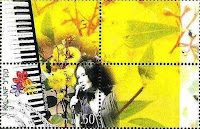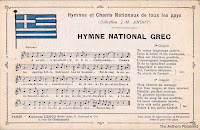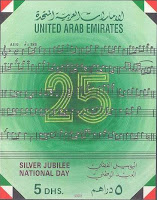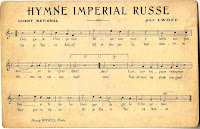Korean Anthem Composer in Meter Cover

The National anthem of South Korea is called 'Aegukga' which literally means "The Song of Love for the Country". Even though Aegukga is sung as the national anthem, the song has not yet achieved official status. The music of the National anthem of South Korea was composed by Ahn Eaktay but there is no surety about who actually wrote the lyrics of the anthem. Some believe that the lyrics were written either by Yun Chiho, a politician or by An Chang-Ho, pro-independence leader and educator. The original lyrics of the national anthem was probably written around 1907 in order to boost a spirit of loyalty and independence, as the nation encountered threats of foreign assault. Over the years, the lyrics have been revised by various leaders and evolved into what is sung today. Initially the anthem was sung to the tune of the Scottish folk song, Auld Lang Syne, taught by the American missionaries. However, a Korean composer named Ahn Eak-Tai considered it inappropriate to u...

























